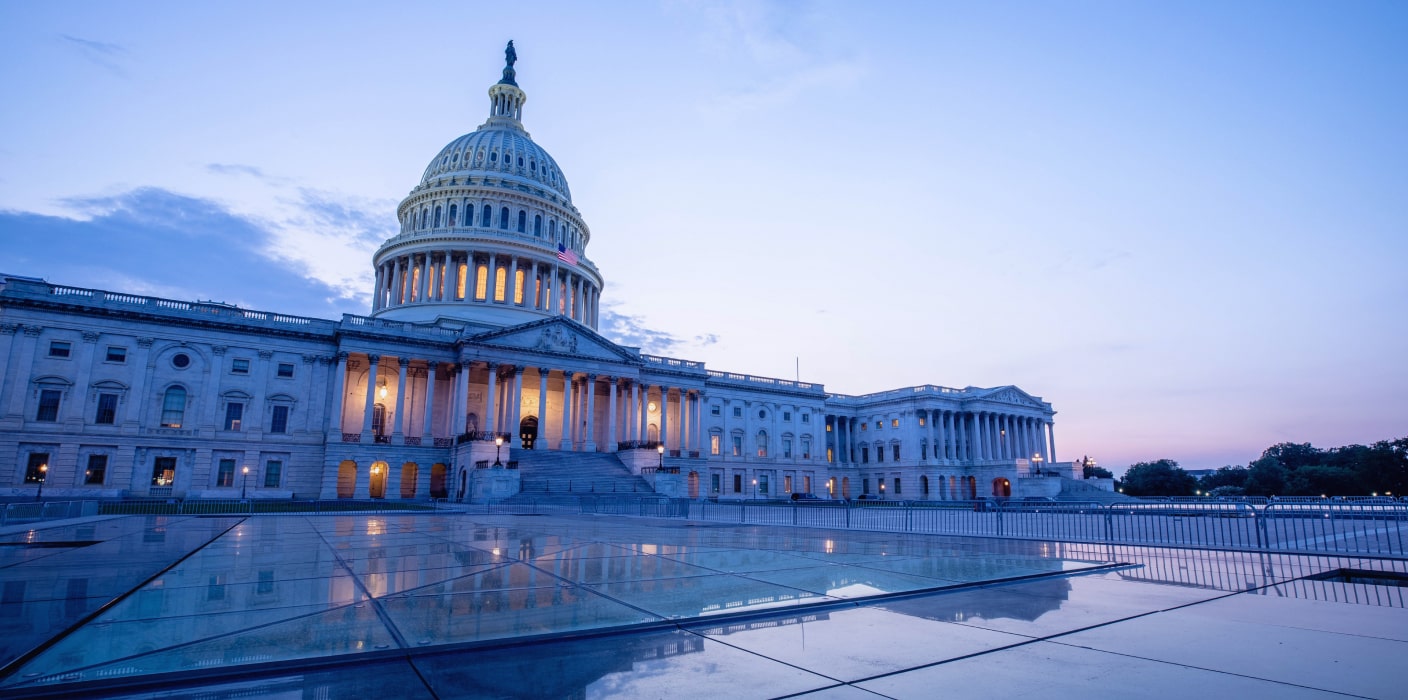Following a two-day meeting on 15 and 16 March, the US Federal Reserve is expected to raise its prime policy rate for the first time since 2018, bringing an end to the ultra-lenient monetary policy of the Covid era. Jerome Powell, the head of the Federal Reserve, revealed how much the rate was projected to increase a few weeks previous. Barring any last-minute surprises, the rates will rise by 25 basis points. Until a few weeks ago, the currency market was expecting a higher increase, of around 50 basis points. However, that was before the war in Ukraine. A lot has changed since then. The meeting's primary objective is to determine how many rate increases there will be this year. This will influence economic development (via loans, among other things) and exchange rates for dollar currency pairs, such as EUR/USD.
Choosing between growth and inflation
All the major central banks face the same dilemma: how to fight runaway inflation without crashing the economy in the process. In the immediate future, the Federal Reserve should opt to fight inflation first, as the European Central Bank did last week. There are strong reasons to do so. Inflation is reaching record levels, ones not seen since the beginning of the 1980s. In February, the consumer price index jumped 7.9% over one year. This is no longer just about energy prices, even if they are an important factor (+6.6% over one year for gas). Inflation is everywhere. Compared with February 2021, airfare increased by 5.2%, hotel room prices by 2.5%, and food by 1.0%, for example. If the price of a barrel of oil remains at $120 on average all through March (currently around $110), it will increase the consumer price index by at least 0.7 percentage points. Other factors will exacerbate the situation. The Federal Reserve has no choice but to intervene. However, it will certainly try to exercise caution in doing so, resulting in an increase of only 25 basis points. There is too much uncertainty surrounding the war in Ukraine. In addition, consumer confidence has fallen sharply among Americans. The last two times it was similar levels, causing the Federal Reserve to set off a cycle of monetary tightening, a recession soon followed. This was during the 70s and 80s.
Macroeconomic and rate hike forecasts
The Federal Reserve will also update its macroeconomic forecasts. However, it is likely that, like those published by the ECB last Thursday, they will be out of date the moment they're published, as it is objectively impossible to accurately foresee the economic implications of the war in Ukraine at this point. On the other hand, the ECB will also publish its rate hike projections. Last December, the benchmark scenario was based on three rate hikes in 2022. Interest rates would then rise to 0.9%. They would then rise to 1.6% in 2023 with two additional rate hikes. In the long term, it would be increased to 2.5%. If the Federal Reserve believes that the priority is to fight inflation, which is certainly the case following the surge in January and February, it is not out of the question for there to be a benchmark scenario with four rate increases this year.
The dollar is the big winner
This could serve as an accelerator for the rise of the US dollar. In addition to the aforementioned factors, aversion to risk is still high because of the war in Ukraine, which encourages people to take refuge in safe havens (especially the dollar). Dutch bank ABN Amro has revealed that a return to parity for EUR/USD is its basic scenario. That is not the case with us. Nevertheless, we believe that the depreciation potential of the euro has not been exhausted. A low of 1.0650 (which matches the low point reached in March 2020) is possible. In an extreme scenario (involving a sharp intensification of geopolitical tensions and double-digit inflation in the Eurozone and/or the US), we could even see the exchange rate return towards 1.0350. This does not exclude a stabilization of the pair in the very short term, as we saw in the middle of last week. However, in our opinion, the risks of depreciation remain the same.
Topics






